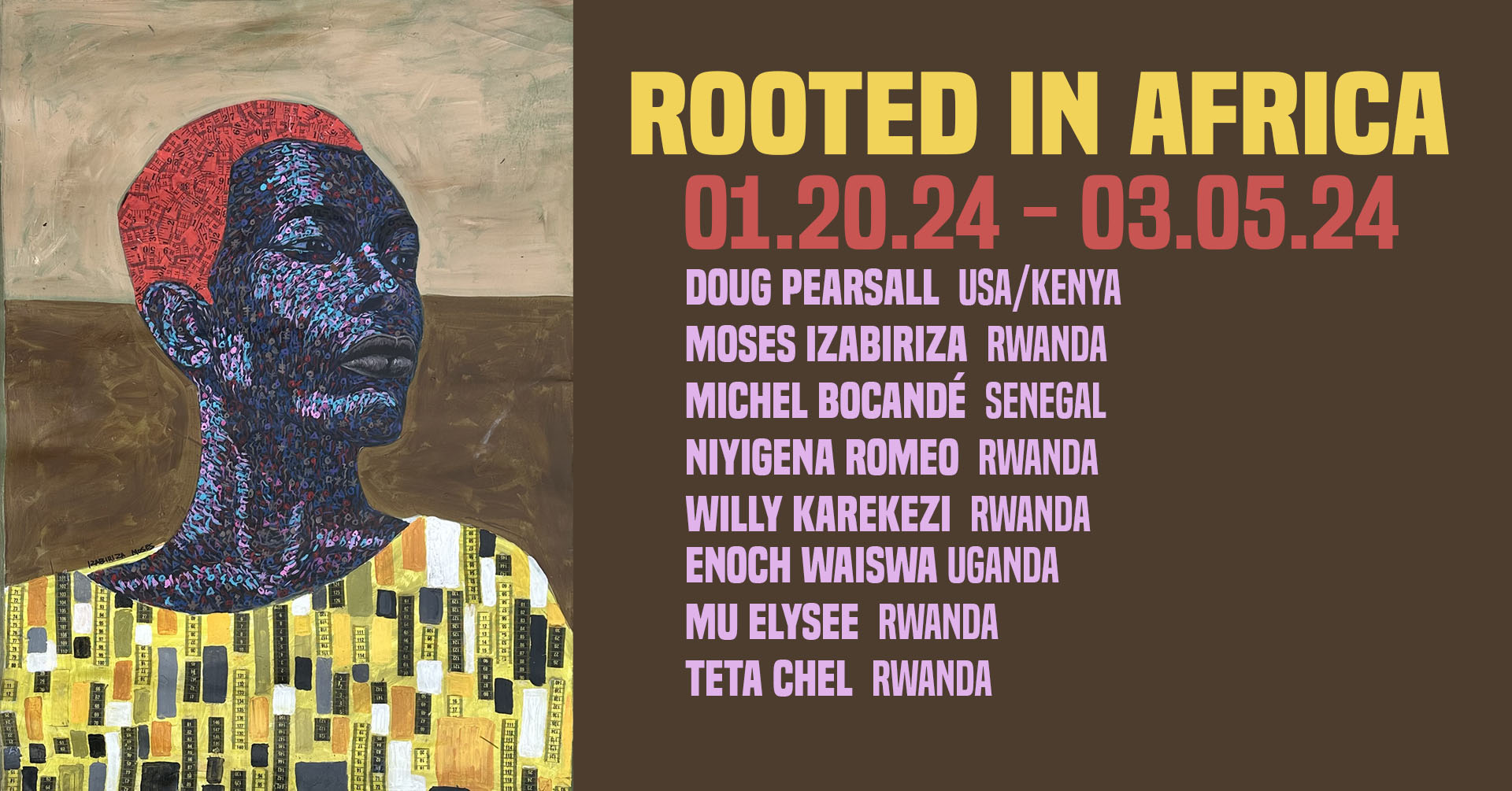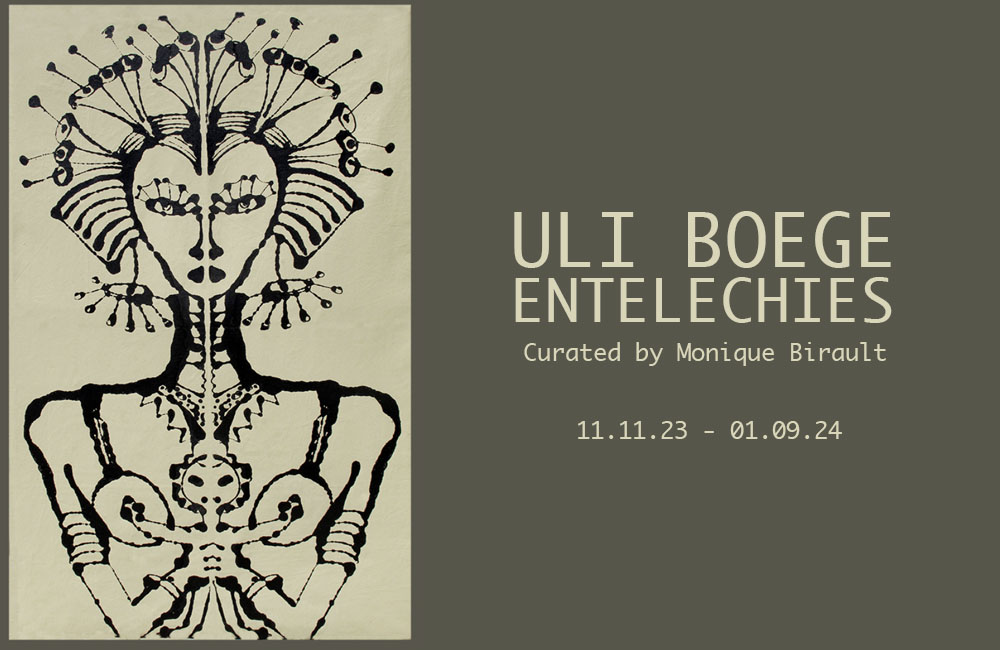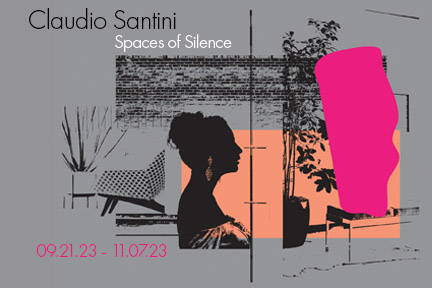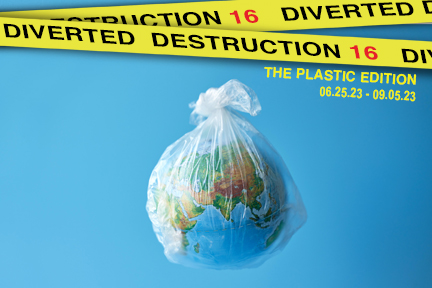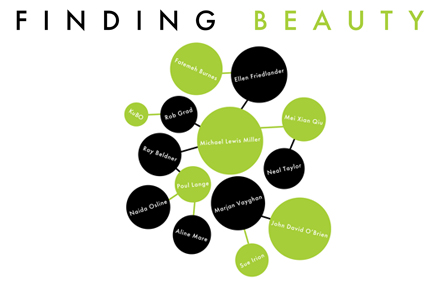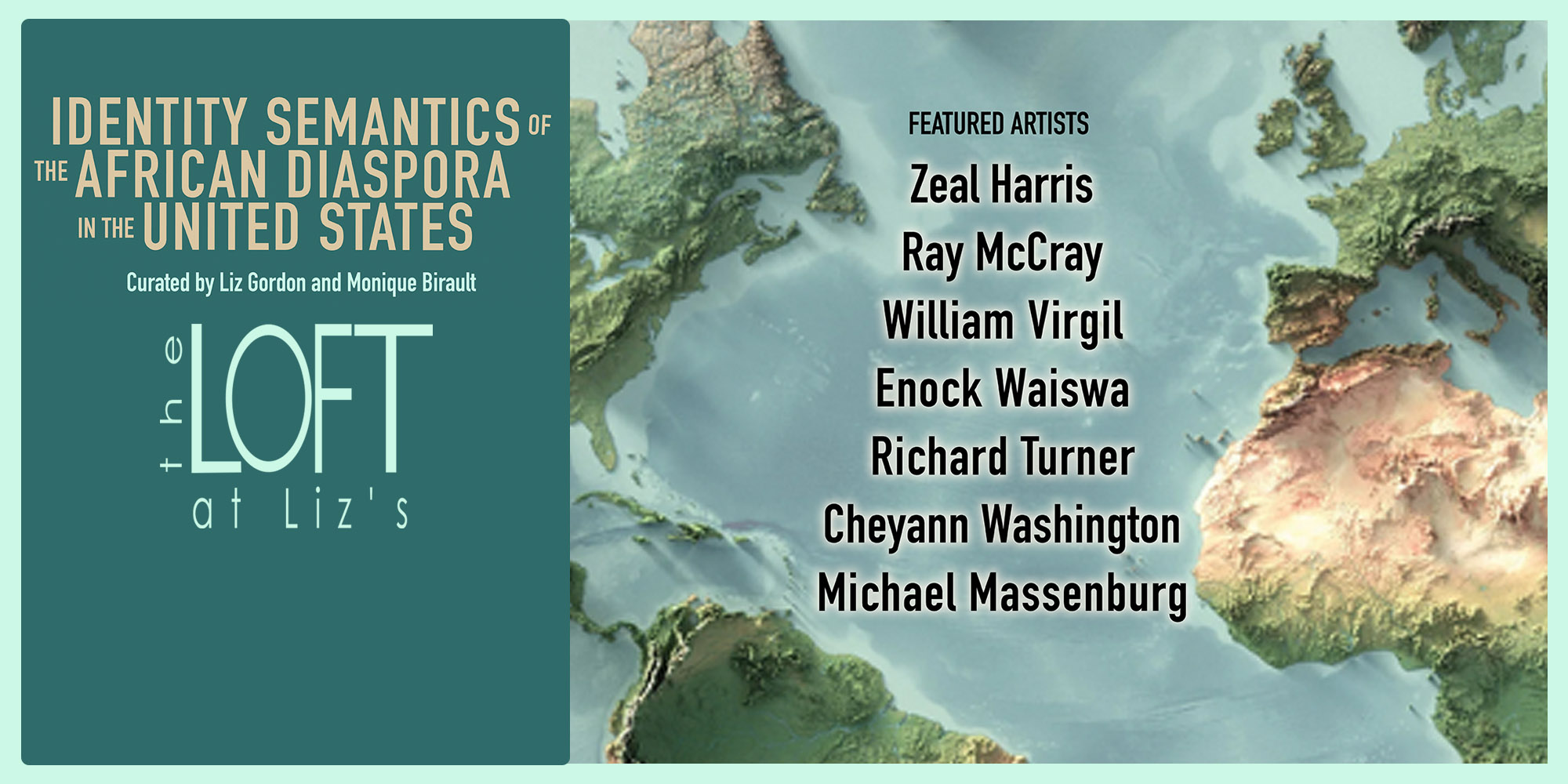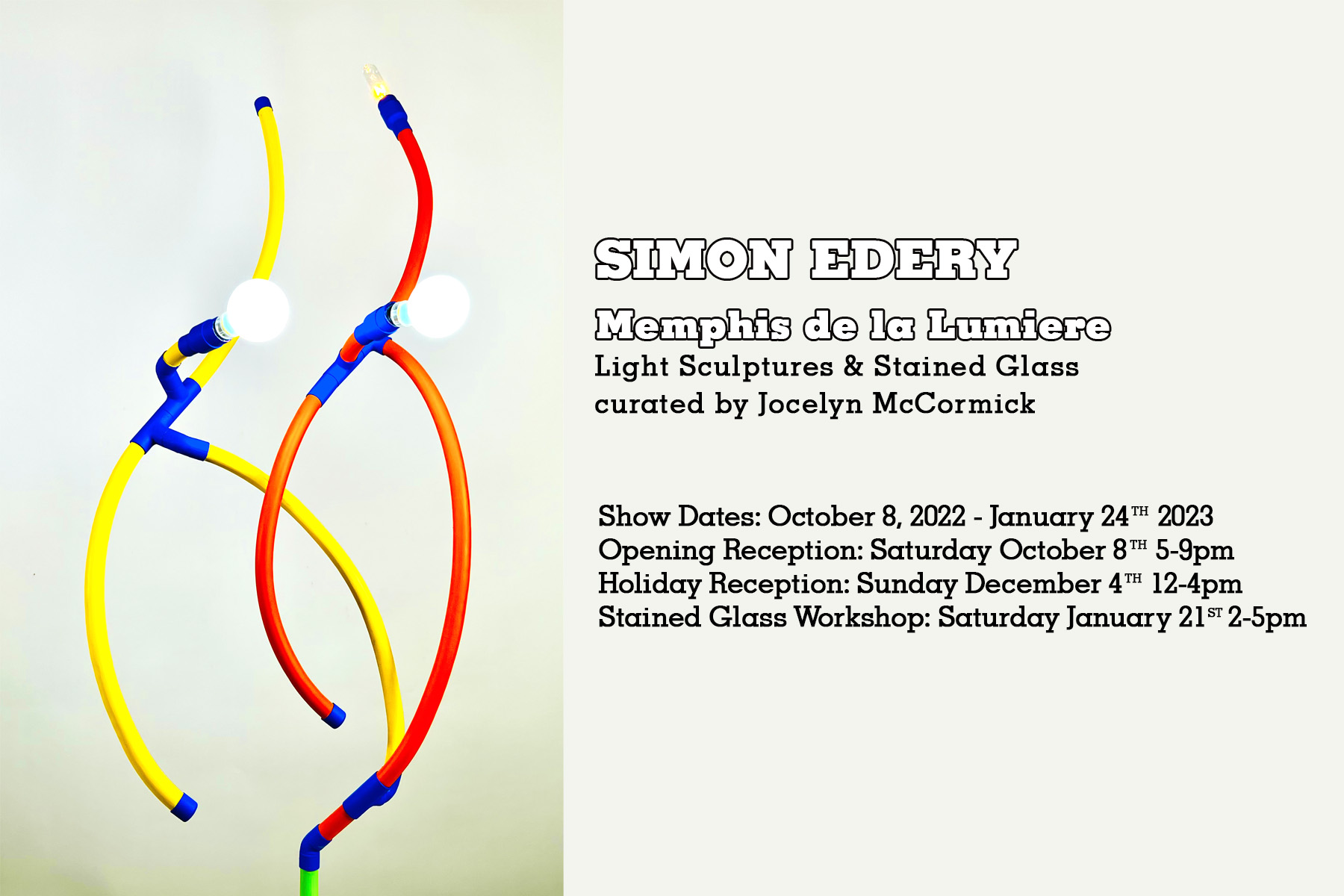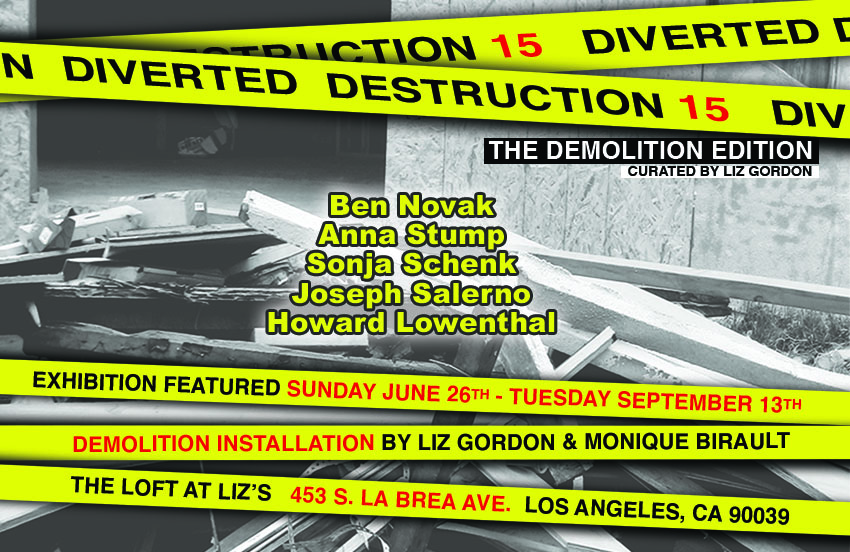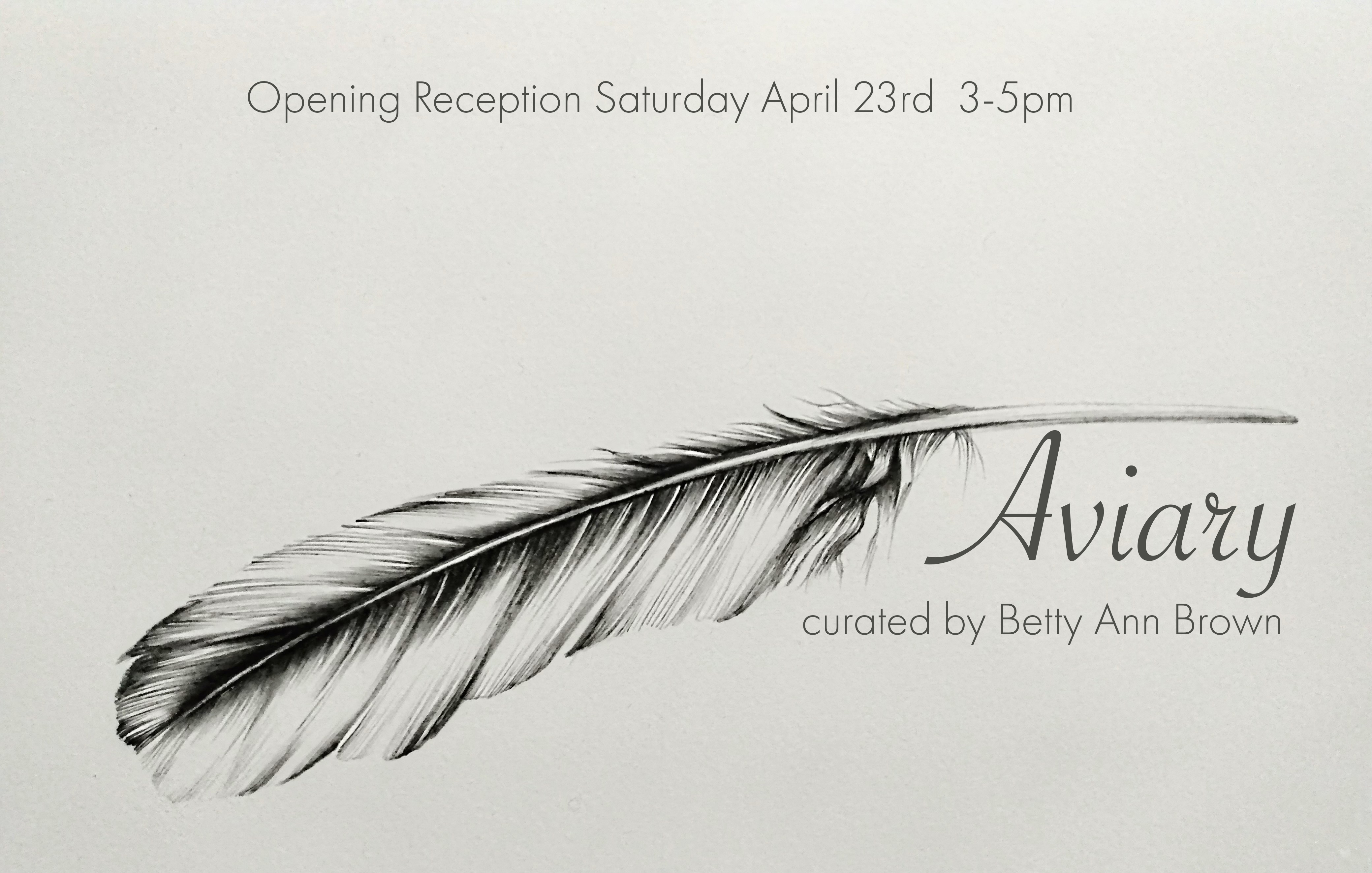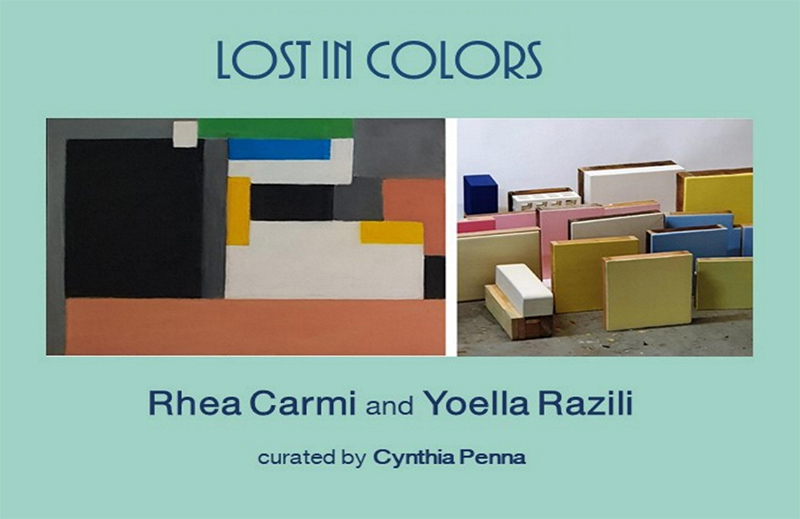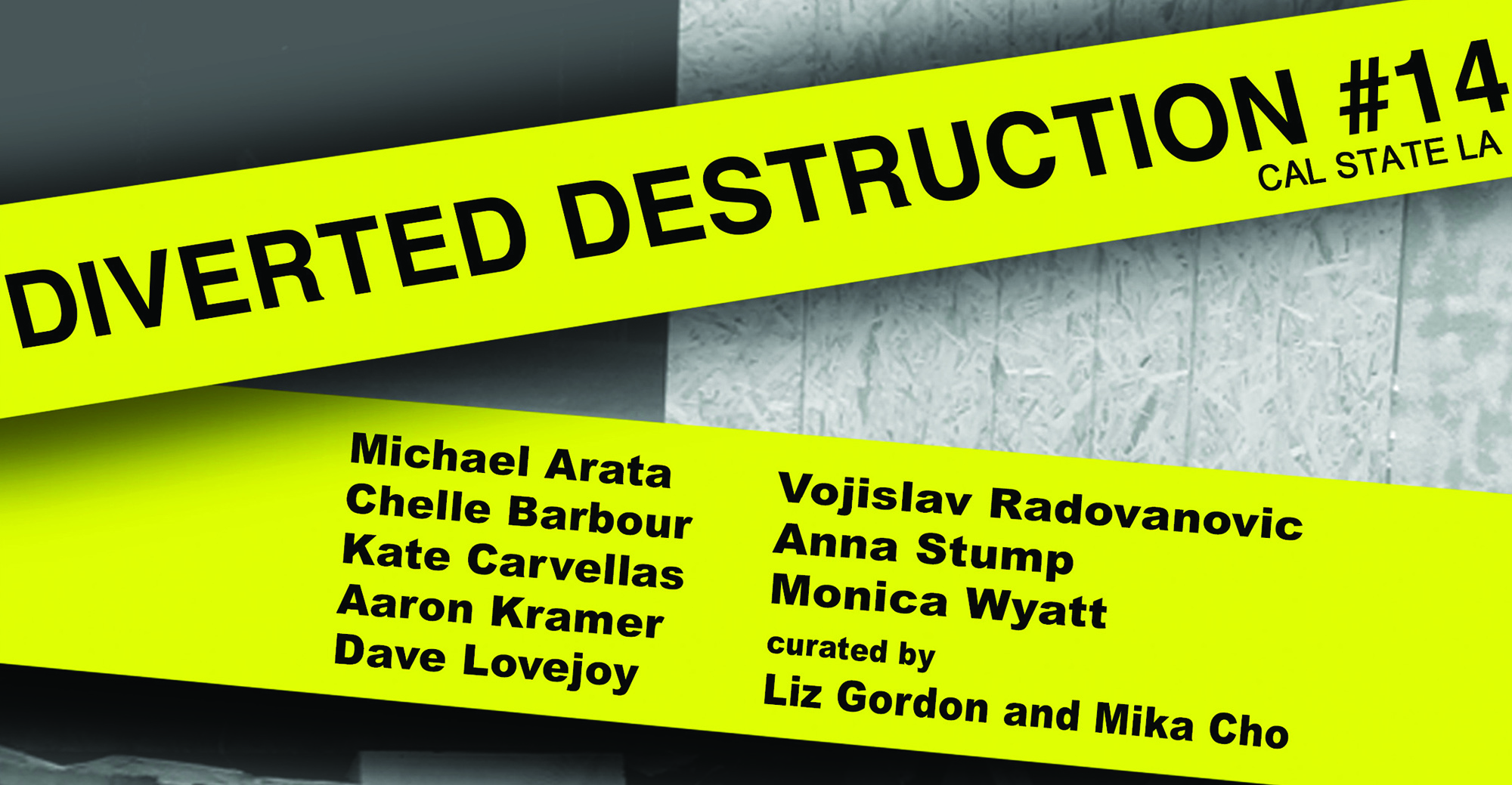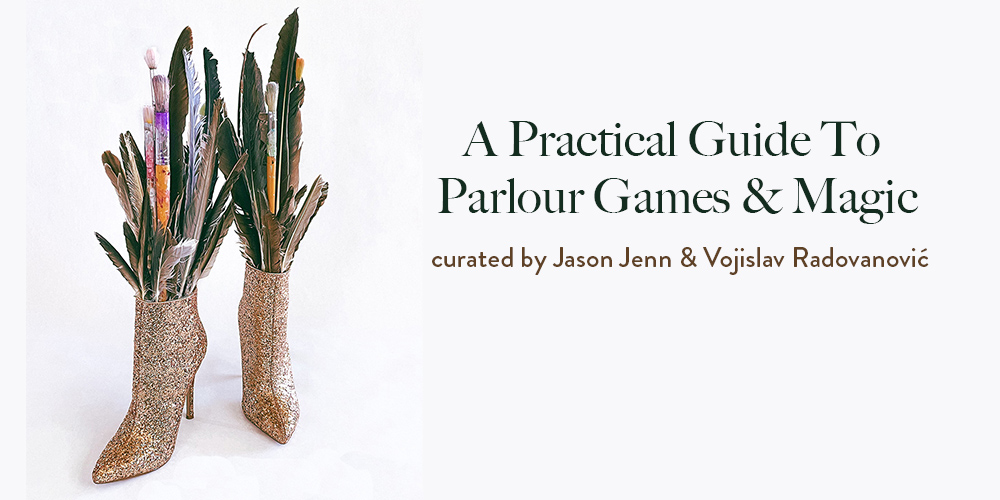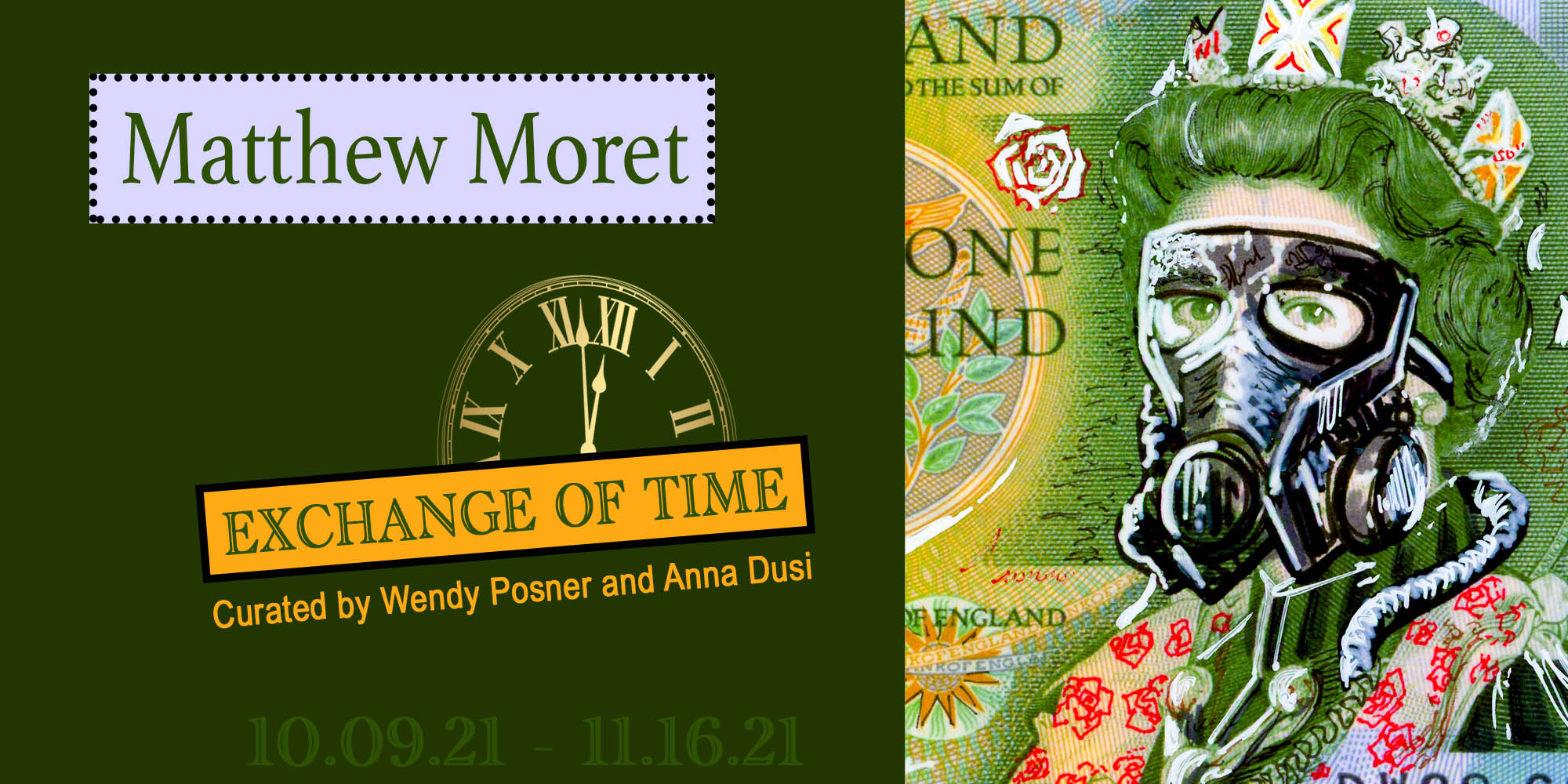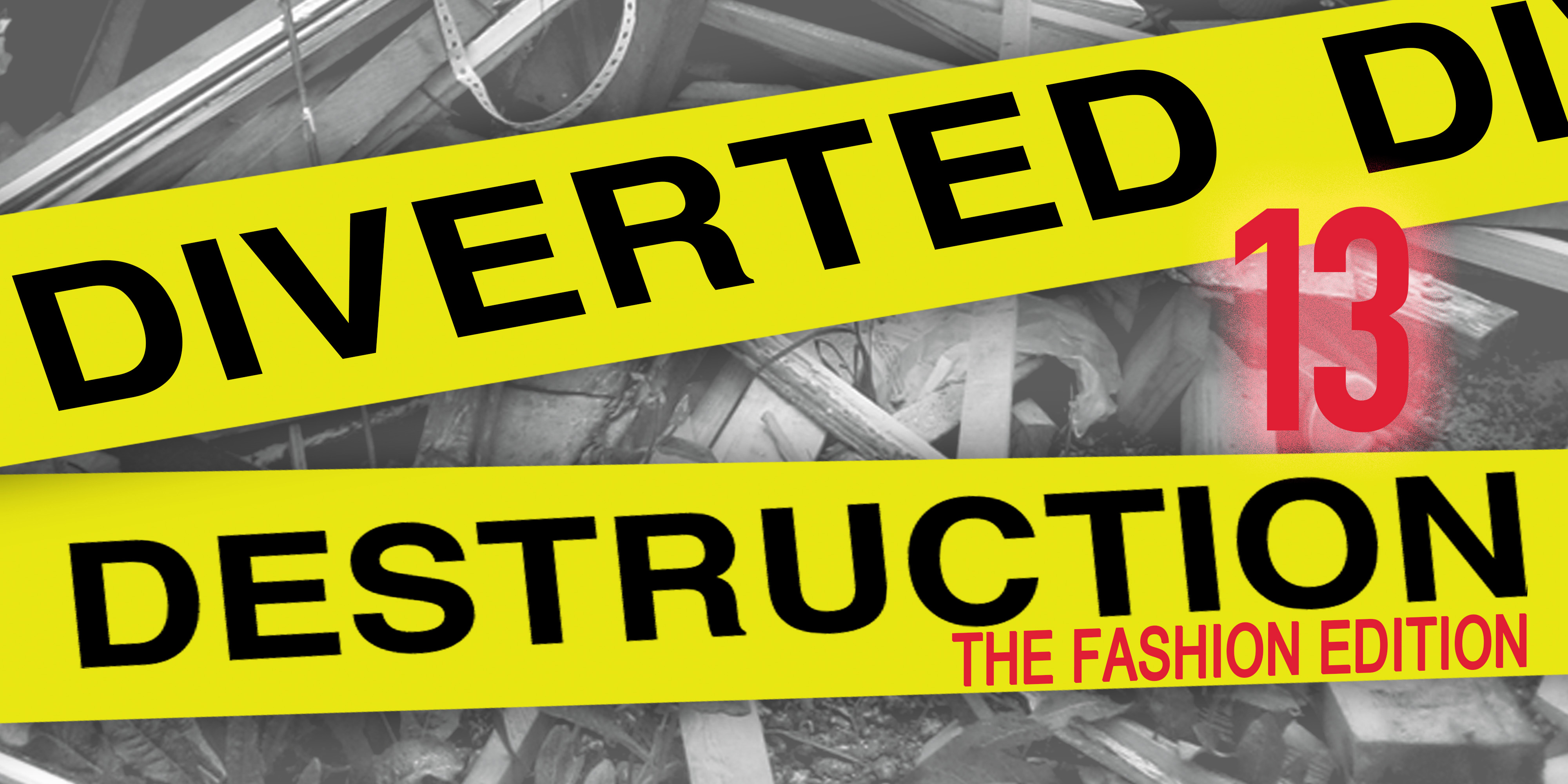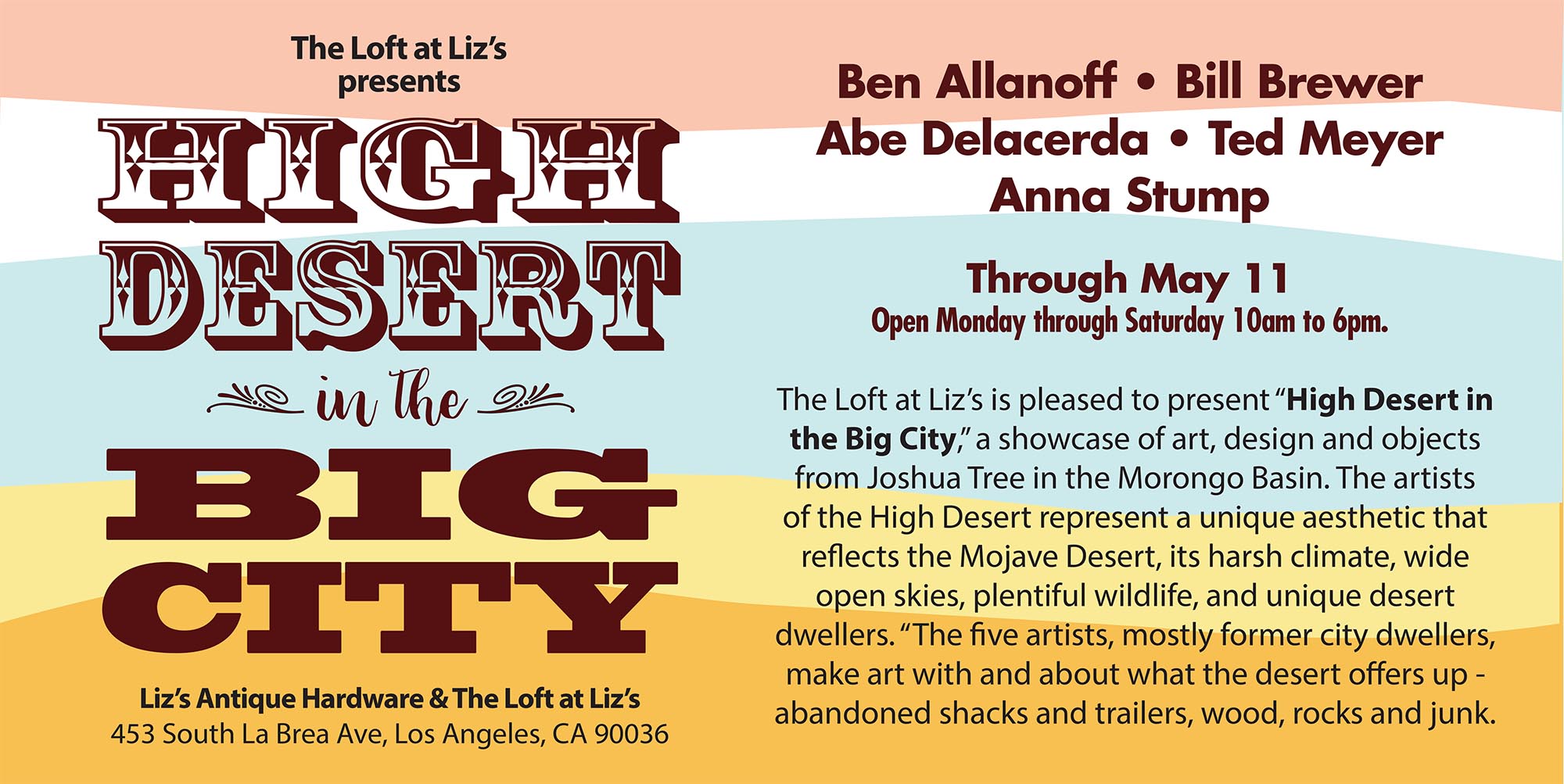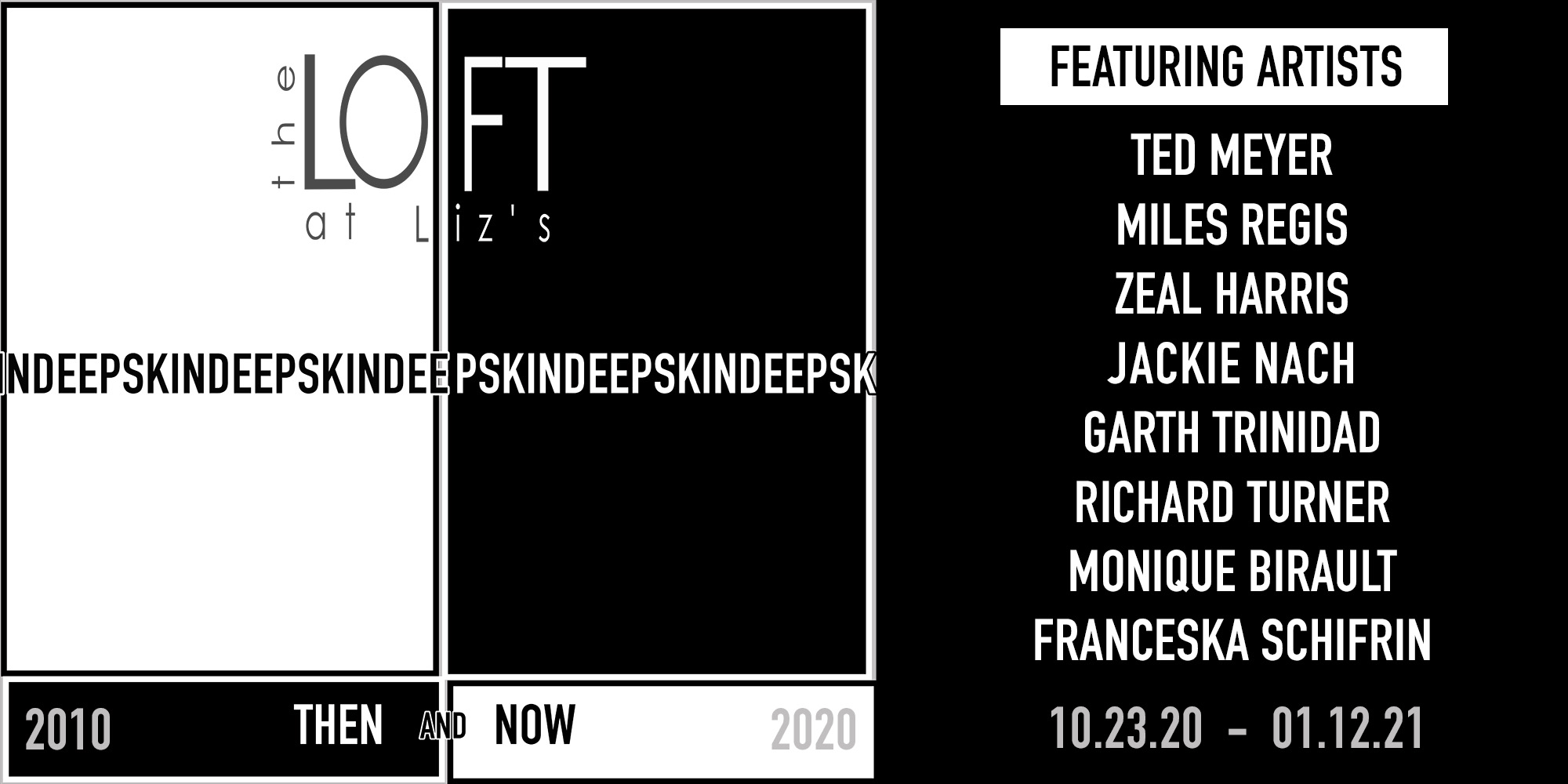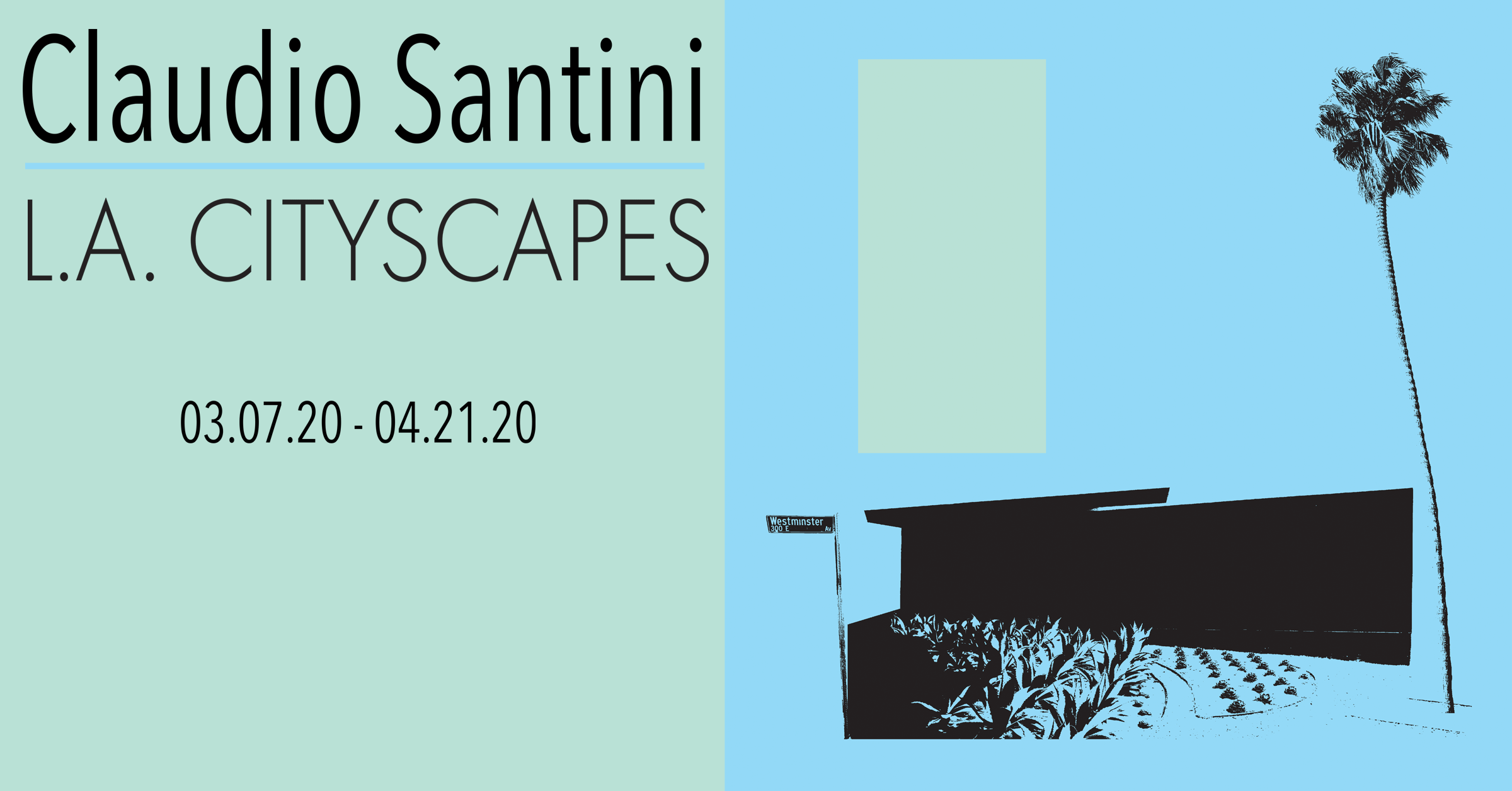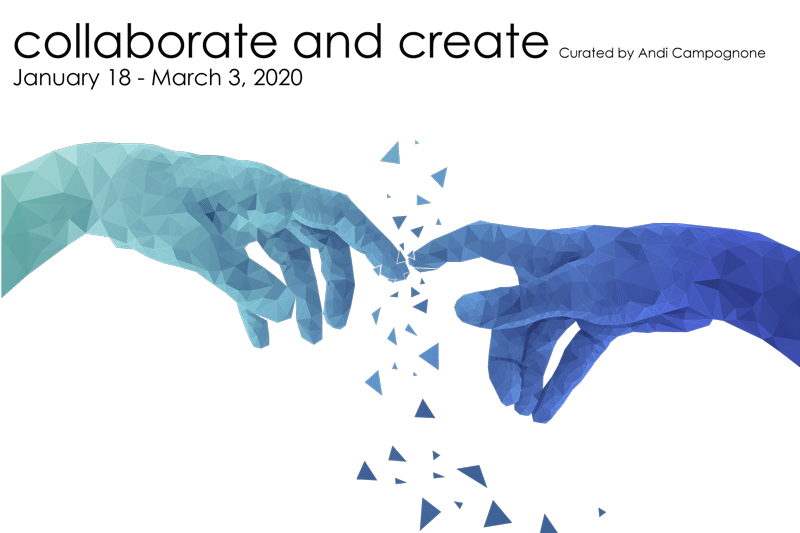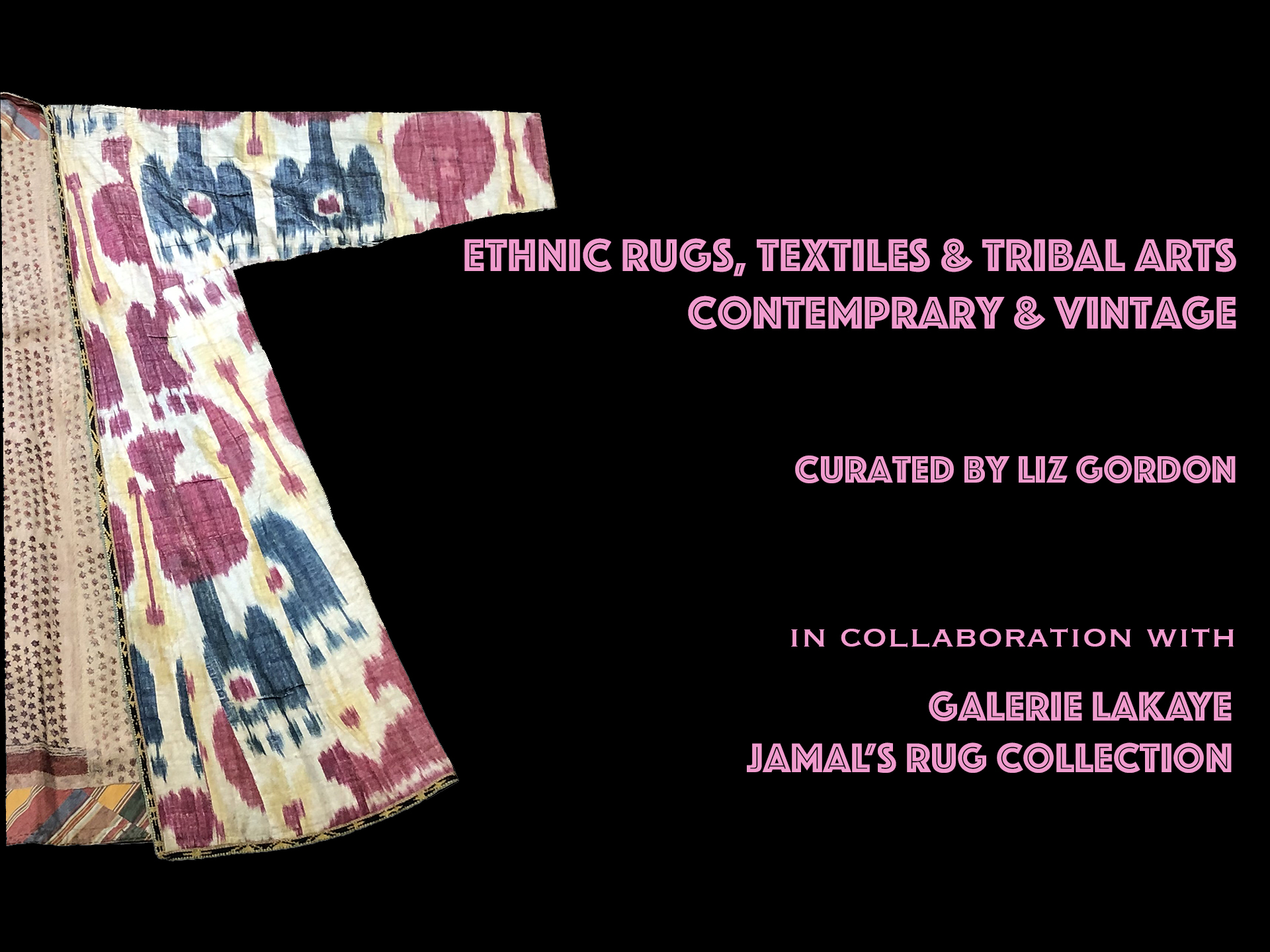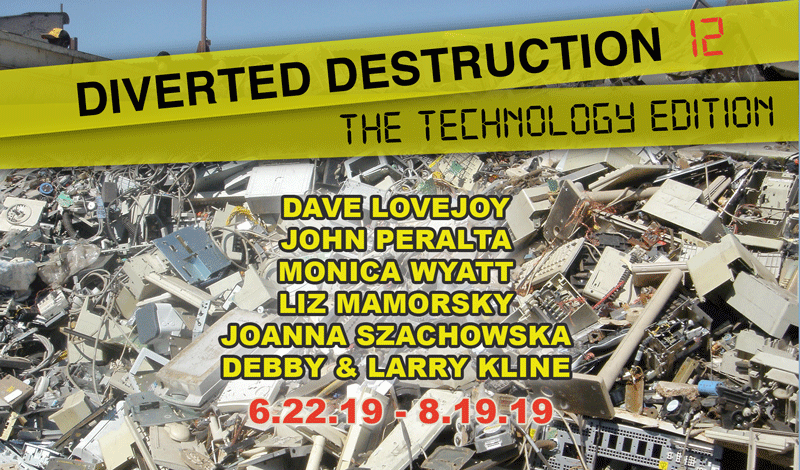Timothy Washington
liz | July 8th, 2013 | Pages | Comments Off on Timothy Washington



Timothy Washington’s found object assemblage art was influenced by his family and neighborhood, by his sensitivity to the materials around him and by God’s own creations—which he considers his number one form of inspiration. He also acknowledges his Grandmother, who made beautiful, hi-relief quilts and blankets with little treasures tucked inside them, and his Grandfather, a skillful carpenter. In addition, the artist acknowledges a professional artist neighbor who let him handle materials when he was about six or seven, and of course, life itself. He used to walk around his Watts neighborhood and pick up objects that he could transform and incorporate into his art.
Washington does not think of himself as self-taught, as he won a scholarship to the Chouinard Art Institute in Los Angeles and cites everyone from Gauguin to Da Vinci, Michelangelo to Modigliani, as having been influential at varying times; he does think that “the gift or the talent comes from God,” and he pretty much dismissed what he was taught in school to fashion his work on a spiritual level as well as with an intrinsic approach that “comes from our forefathers.”
In recent years, Washington’s art technique has taken an unexpected shift. The artist is now creating sculptures covered with cotton and glue and emphasizes: “I am still picking cotton.” His method is very elaborate and complex. He starts the piece building a precise and detailed metal armature with recycled metal hangers. Once this is done, he adds the cotton mixed with white glue. He finishes the work incorporating pigments, found objects, trinkets and sometimes valuable antiques or semiprecious stones.
“In every field that I work in, I try to come up with an innovative approach to whatever material I am working with. I got most of my recognition from doing graphic statements on aluminum. And that came about when friends and I were doing social commentary against war. So I thought about war being cold and hard, and that aluminum would be a material which I could work with. There is a printmaking effect when doing dry-point on aluminum. The challenge was to create warmth on the cold hard material like aluminum. Since everything is alive to a degree, I try to fuse together materials in relationship to each other. Basically, because technology is where it is today, I try to work in an innovative way.

